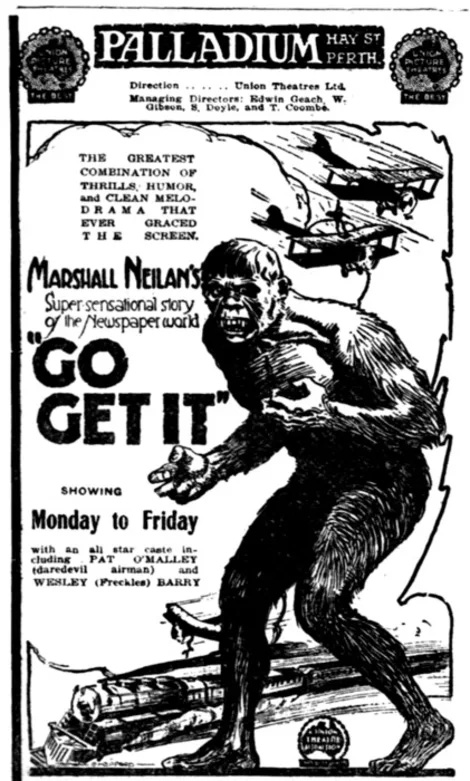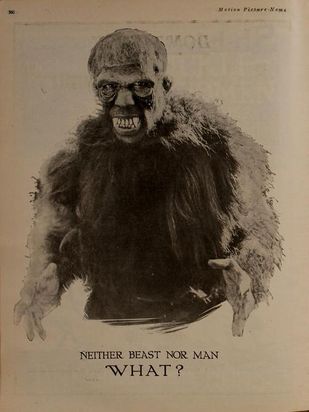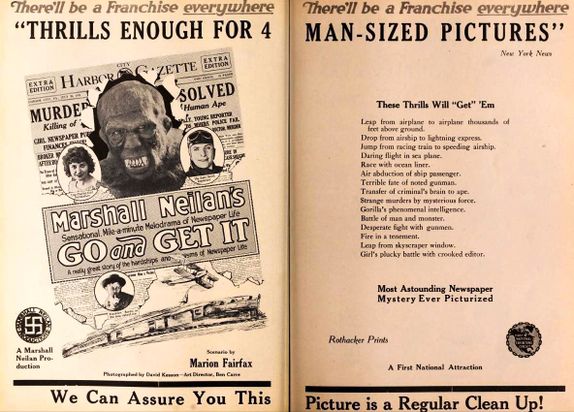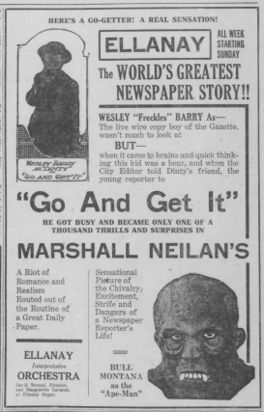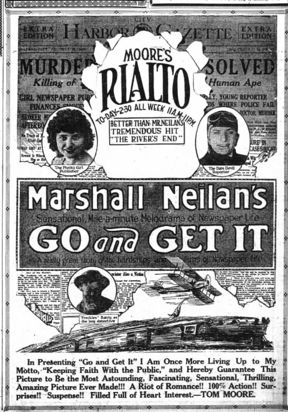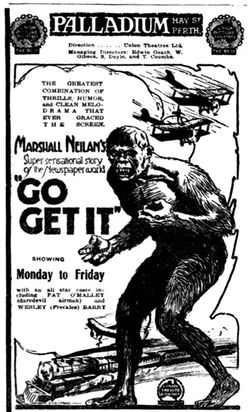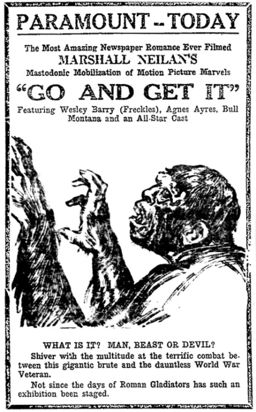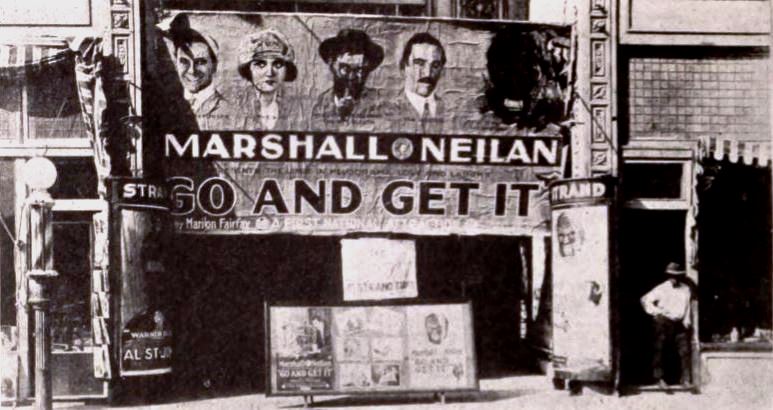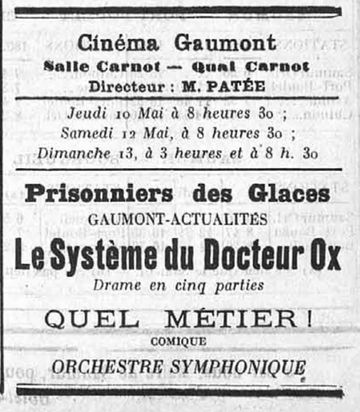Go and Get It (partially found silent horror film; 1920): Difference between revisions
No edit summary |
No edit summary |
||
| Line 17: | Line 17: | ||
==Gallery== | ==Gallery== | ||
<gallery mode=packed heights= | <gallery mode=packed heights=275px> | ||
Go and get it e.jpg|Promotional photo of Bull Montana. | Go and get it e.jpg|Promotional photo of Bull Montana. | ||
Go and get it p.jpg|A promotional pamphlet for the film. | Go and get it p.jpg|A promotional pamphlet for the film. | ||
| Line 28: | Line 28: | ||
Go and get it bm.jpg|Article from New York's Time Herald (July 1920). | Go and get it bm.jpg|Article from New York's Time Herald (July 1920). | ||
Écho saumurois système dr ox.jpg|1923 issue of French newspaper L'Écho Saumurois, mentioning a screening of the movie. | Écho saumurois système dr ox.jpg|1923 issue of French newspaper L'Écho Saumurois, mentioning a screening of the movie. | ||
</gallery> | </gallery> | ||
==References== | ==References== | ||
Revision as of 16:03, 4 November 2019
Go and Get It is a 1920 American silent adventure/horror/comedy film directed by Marshall Neilan and Henry Symonds.
The plot revolves around the violent murders of an ape-man, a gorilla given the brain of a brutal criminal by a mad scientist, and an intrepid newsman who tries to find out the cause of them. [1]
The film garnered many positive reviews, with much acclaim to former boxer Bull Montana's performance as the ape-man. His make-up was considered so "realistic" that he made several women in the studio become "hysterical" and faint. He would later play a similar role in the 1925 film The Lost World.
Despite its praise and popularity, the film was thought to have been lost,[2] until a copy was found in the Cineteca Italiana film archive in Italy.[3] However, this print of the film has still not been publically shared.
The film was also localized and screened in France in 1923, under the title Le Système du Docteur Ox ("Doctor Ox's System"). It was described as a "drama in five parts".
Gallery
References
- ↑ Hollywood Gorilla Men blog post about the film. Retrieved 19 Mar '16.
- ↑ Proof of lost status. Retrieved 03 Feb '18
- ↑ The Library of Congress/FIAF American Silent Feature Film Survival Catalog: Go and Get It. Retrieved 03 Feb '18

